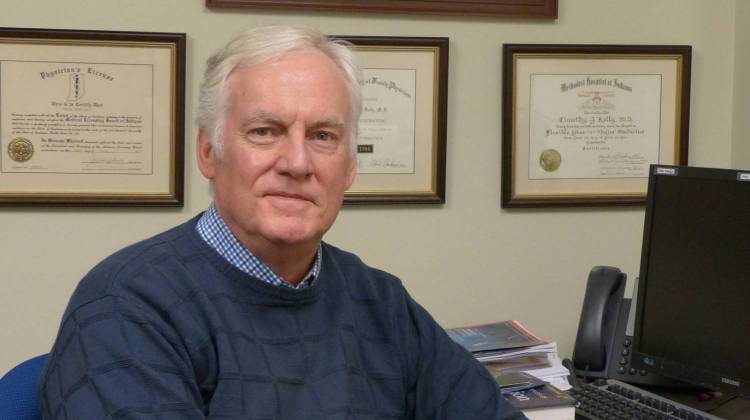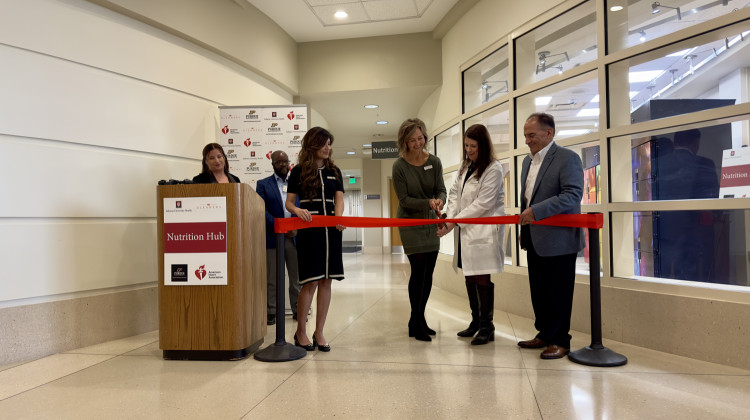Heroin addicts are not what we used to imagine – homeless, hippies or troubled. Today, heroin addicts look like your kid or your next-door neighbor. While experimentation is a classic path to addiction, one expert lays part of the blame on the medical community.
Twenty years ago, doctors believed prescribing opioids for injuries and pain management was safe and effective. But Dr. Timothy Kelly, former medical director of Fairbanks Hospital, says it's had the unintended consequence of fueling America's runaway opioid epidemic.
“Somewhere in the neighborhood of 1-in-3 people treated with opiates for chronic pain becomes addicted to the pain medications," said Kelly. "And by addiction, we don’t just mean they’re physically dependent, we mean that it gets to be a situation that goes out of control and they start using it in ways that it wasn’t intended and it starts causing all kinds of problems.”
Kelly now runs the Integrated Recovery Unit at Community Health Network. He says the Centers for Disease Control and states are urging doctors to reign in prescriptions and assess a patient's risk of abusing opioid pain medication before prescribing them.
“The people who were sometimes cut off of these drugs, became very desperate and started going on the street to heroin," according to Kelly, "which is now like super cheap and highly available and can be obtained by making a phone call like you were ordering a pizza, essentially.
Lindsay Endris of Bedford knows just how easy it is to find heroin. Her addiction story began after an emergency c-section for her second son just 24 weeks into the pregnancy. She was prescribed the pain medicine percoset for a month. Not only did it relieve the pain, she also noticed the drug helped numb her anxieties about her son’s serious premature condition, “It was the first time that I actually remember thinking well, this is an easy way to deal with something that was really stressful,” she said.
Endris went back to college for a while and took a job as a first grade teacher. Her drug abuse was intermittent for a while. But with the pressures of work and life, her use of pills to cope became consistent and she built up a tolerance – needing more and more just to get through the day. When her pill connections dried up, she turned to heroin.
“I was taking a lot of pills throughout the day. It was like a pill every 30 minutes type of deal," Endris said. "It was such a huge issue. So, heroin started really bad my second year of teaching.”
Endris says her life revolved around her next fix. She lost weight and added methamphetamine to the mix, “About a week and a half after school ended, I was in my car coming back from getting some heroin, and I got pulled over by the police.”
She sat in jail for two months, lost her job, home, car and temporary custody of her children. Two weeks after being released on her own recognizance, and with the support of her family and church, she entered Lawrence County’s drug court recovery program. “It was immediately structure, support and obviously, me wanting to change is a big factor,” she said. Drug courts focus on problem solving. They connect people with services to facilitate recovery – not just punish like traditional courts.
Clean since June of 2013, Endris is working again, has her kids back and hopes that sharing her story – that anyone can get addicted - makes it easier for people to reach out for help.
 DONATE
DONATE







 View More Programs
View More Programs

 Support WFYI. We can't do it without you.
Support WFYI. We can't do it without you.